#Guido Reni
Text

-The Baptism of Christ-
26 notes
·
View notes
Text
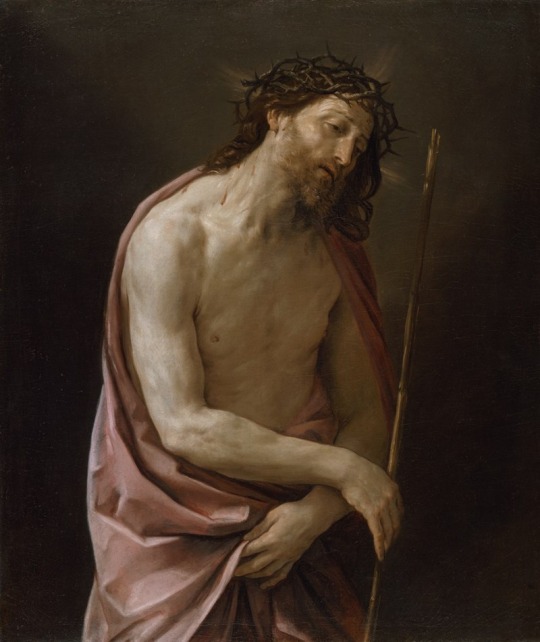
Guido Reni
22 notes
·
View notes
Text

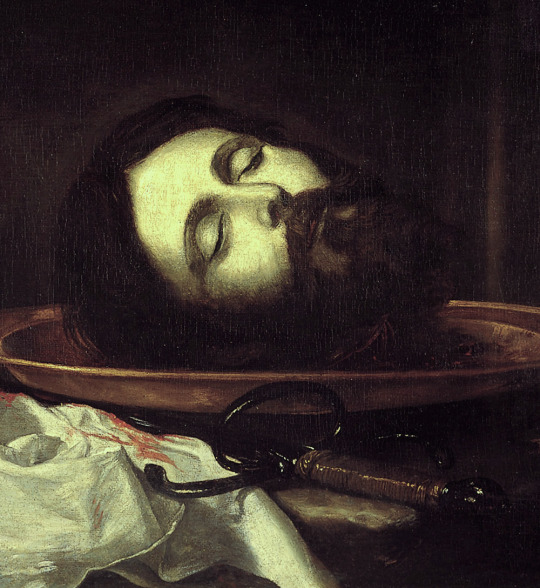


The Terror, s1e9; "The C, The C, The Open C"
José de Ribera; The Head of Saint John the Baptist
Guido Reni; Ecce Homo
The Terror, s1e4; "Punished, As A Boy"
#the terror#amc the terror#the terror amc#baroque art#art history#classical art#jose de ribera#guido reni#baroque painting#hickeygibson#cornelius hickey#billy gibson#william gibson
763 notes
·
View notes
Text

St Cecilia painted by Guido Reni (1575 - 1642)
789 notes
·
View notes
Text

Ecce Homo (1575-1642, oil on panel) | Guido Reni
343 notes
·
View notes
Text
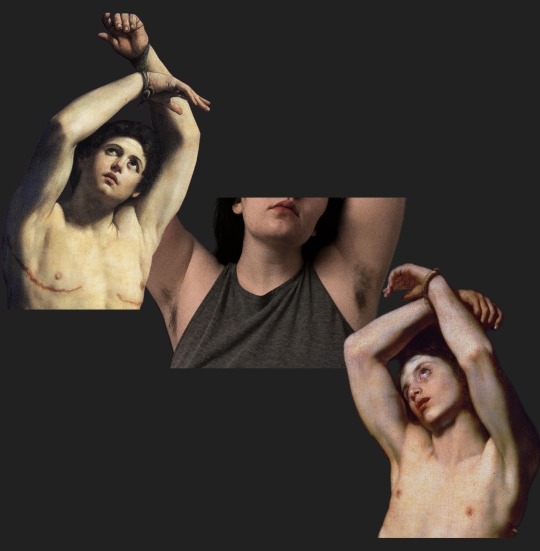
having thoughts……
(left is guido reni edited by @lacefuneral / right is nicolas régnier)
183 notes
·
View notes
Photo
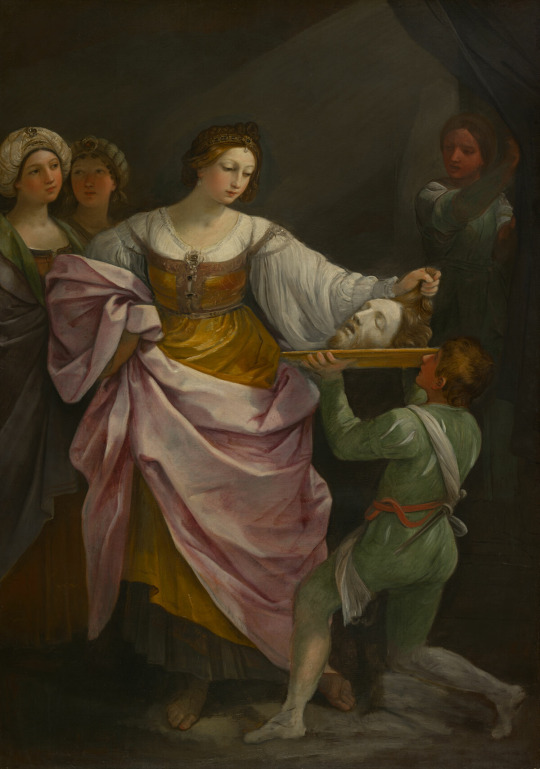
Guido Reni (Italian, 1575-1642)
Salome with the Head of Saint John the Baptist, ca. 1639
813 notes
·
View notes
Text

Archangel Michael defeating Satan
after Guido Reni
#archangel michael#satan#art#guido reni#religious art#angel#angels#archangel#archangels#michael#christianity#christian#religion#europe#european
279 notes
·
View notes
Text

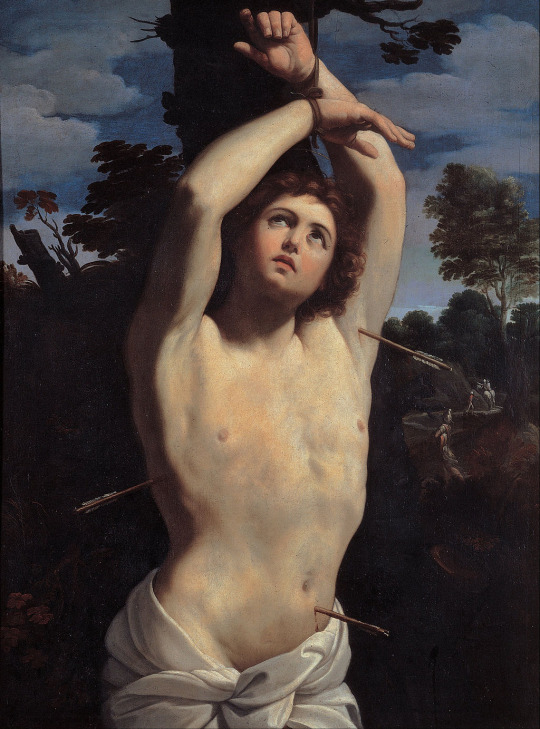
Yukio Mishima as Saint Sebastian (60s)/ Guido Reni - Saint Sebastian, 1615
“I was flipping through one of the last pages of a volume. All of a sudden, from the corner of the next page, there flashed before my eyes an image that I had to assume had lurked there for my benefit alone.
It was a reproduction of Guido Reni’s Saint Sebastian, which figures in the collection of Palazzo Rosso in Genoa.
The trunk of the tree of torment, black and slightly oblique, stood out against the Titianesque background of a gloomy forest and a serene sky, gloomy and distant. A young man of singular loveliness stood bound naked to the trunk of the tree, his arms drawn up, and the straps that clasped his crossed wrists were fastened to the tree itself. No ties of any other kind were discernible, and the only covering of the young man’s nakedness consisted of a rough white cloth that loosely wrapped around his loins.
I imagined that it was a description of a Christian martyrdom. But since it was due to a painter of the eclectic school derived from the Renaissance, even from this painting depicting the death of a Christian saint exuded a strong aroma of paganism. The young man’s body - one could even compare it to that of Antinous, Hadrian’s favorite, whose beauty was so often immortalized in sculpture - bears no trace of the hardships or exhaustion derived from missionary life, which imprint the effigy of other saints: instead, this one uniquely manifests the springtime of youth, uniquely light and pleasure and gracefulness.
That white and incomparable nudity of hers sparkles against a background of twilight. His sinewy arms, the arms of a praetorian accustomed to flex his bow and brandish his sword, are raised in a harmonious curve, and his wrists cross immediately above his head. The face is turned slightly upward and the eyes are wide open, contemplating the glory of heaven with deep tranquility. It is not suffering that hovers over the expanded chest, the taut abdomen, the barely twisted lips, but a flicker of melancholy pleasure like music. Were it not for the arrows with their points stuck in his left armpit and right hip, he would rather look like a Roman athlete relieving fatigue in a garden, leaning against a dark tree.
Arrows have plunged into the heart of the young, pulpy, fragrant flesh, and are about to consume the body from within with flames of heartbreak and supreme ecstasy. But the blood is not gushing out; the swarm of arrows seen in other paintings of St. Sebastian’s martyrdom has not yet raged. Here instead, two lone arrows send their quiet and delicate shadows over the smoothness of the skin, similar to the shadows of a branch falling on a marble staircase.
But all these interpretations and discoveries came later.
That day, the moment I glimpsed the painting, my whole being quivered with pagan joy. My blood roiled in my veins, my loins swelled almost in an emptiness of rage. The monstrous part of me that was close to exploding waited for me to use it with unprecedented ardor, rebuking my ignorance, gasping in outrage. My hands, not at all unconsciously, began a movement I had never learned. I felt something secret, something radiant, launching itself rattily to the assault from within. It erupted suddenly, bringing with it a blinding intoxication....
Some time elapsed and then, in a desolate mood, I looked around at the desk I stood in front of. Outside the window a maple tree was casting a vivid glare everywhere -- on the ink bottle, on school books and notebooks, on the dictionary, on the image of St. Sebastian. Splashes of a dim whiteness appeared here and there - on the title in gold letters of a textbook, on the margin of the inkwell, on an edge of the dictionary. Some objects dripped lazily, others glowed with a dim gleam like the eyes of a dead fish. Fortunately, a reflexive movement of my hand to protect the figure had prevented the volume from soiling.
That was my first ejaculation. And it was also the clumsy and totally unplanned beginning of my “bad habit.”
–Yukio Mishima “Confessions of a Mask”
#yukio mishima#japan aesthetic#saint sebastian#guido reni#aesthetic#art#quotes#confessions of a mask#autumn#painting#dark moodboard#dark academia#japanese writing#homosexual#homoerotic#lovers#eikoh hosoe
158 notes
·
View notes
Text

Hercules on the Pyre by Guido Reni (1617)
#guido reni#art#paintings#fine art#17th century#17th century art#baroque#baroque art#painting#italian art#italian artist#mythology#roman mythology#greek heroes#hercules#heracles#classic art
483 notes
·
View notes
Photo
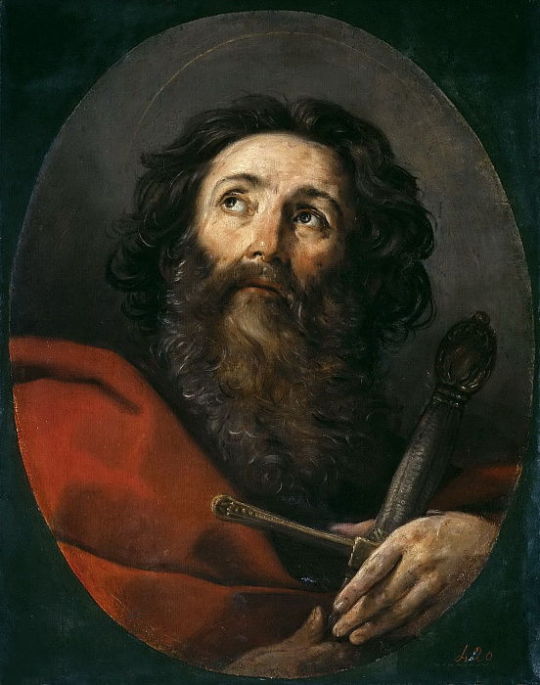
Der Apostel Paulus, c. 1617. von Guido Reni (Undatiert, )
#kunst#kunstwerk#art#artwork#guido reni#religion#religiöse kunst#religious art#apostel#apostle#paulus#paul#mann#man#kreuz#cross#bibel#bible#heilig#holy#beten#pray#jesus#christ#christus#gott#god#vater#father#herr
93 notes
·
View notes
Text

-The Toilet of Venus-
22 notes
·
View notes
Photo




RHAENYRA TARGARYEN + art (6/∞)
Saint Catherine of Alexandria | Guido Reni
Pietà | William-Adolphe Bouguereau
#houseofthedragonedit#gameofthronesdaily#house of the dragon#rhaenyra targaryen#rhaenyratargaryenedit#hotd#art#painting#guido reni#william adolphe bouguereau#hotdedit#tvedit#hotdart#*#i firmly believe they were inspired by pieta for that last shot
291 notes
·
View notes
Photo

Guido Reni (Italian, 1575-1642)
L’Annonciation, 1629
#Guido Reni#italian art#christian art#european art#classical art#western civilization#catholic#catholic art#roman catholic#roman catholic art#l'annonciation#1600s#angel#1500s#art#fine art#oil painting#traditional art#fine arts#italy#Mediterranean
251 notes
·
View notes
Text

Assumption by Guido Reni (1575 - 1642)
187 notes
·
View notes
Text
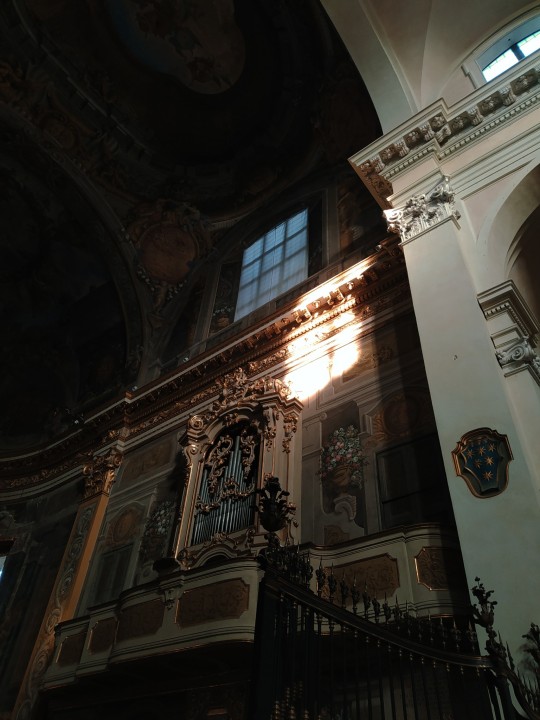
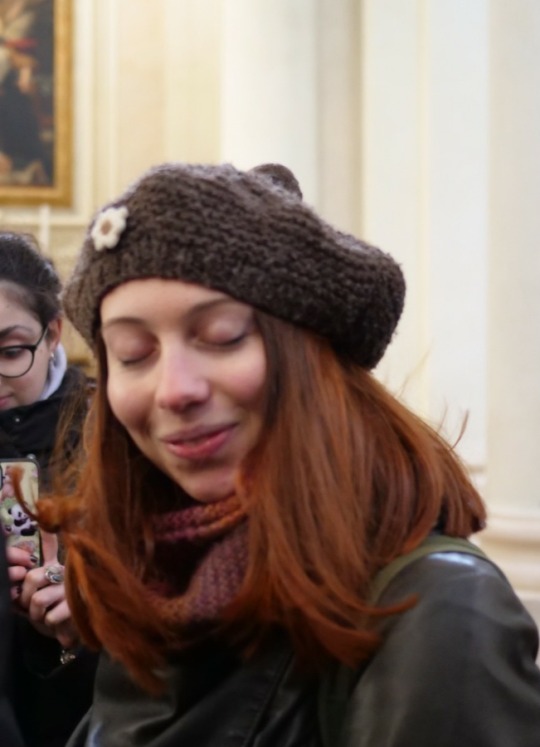

piccioli attimi di luci e sorrisi
#foto#fotografia#scatti#photo#photography#foto mie#dark aesthetic#dark academia#basilique#church#barocco#baroque art#baroque architecture#baroque aesthetic#baroque#guido reni#lavinia fontana#elisabetta sirani
71 notes
·
View notes